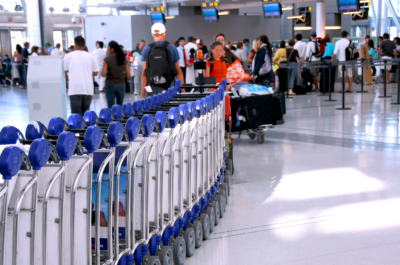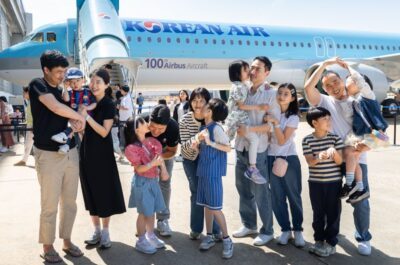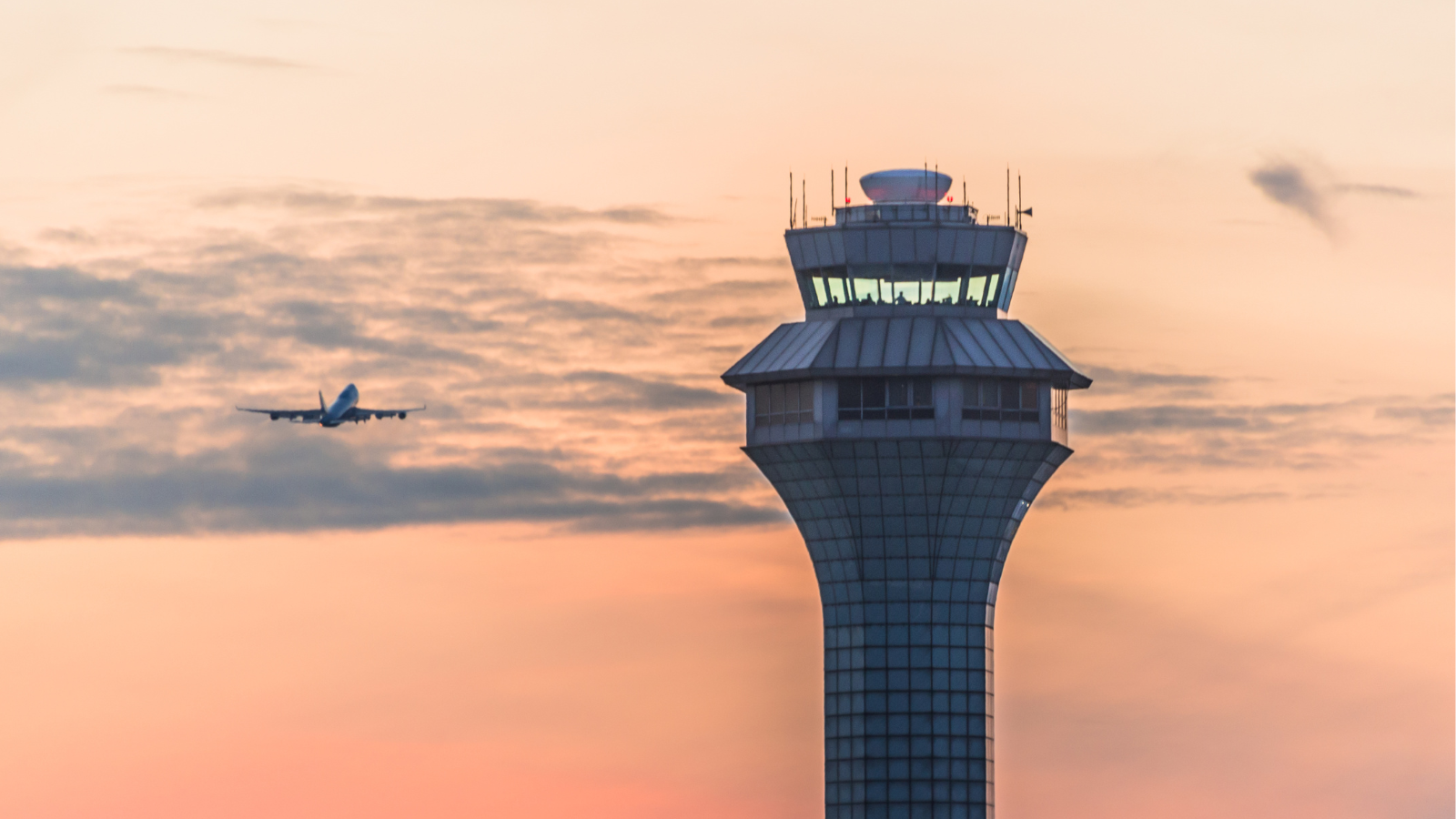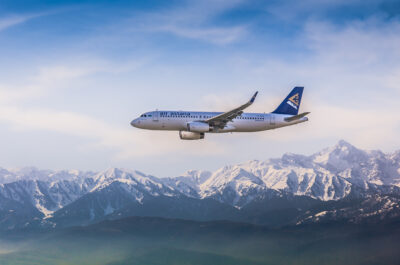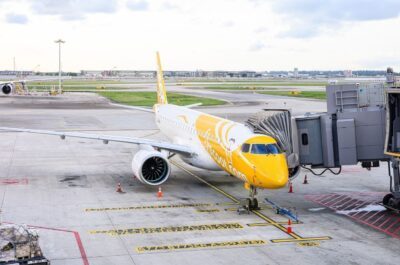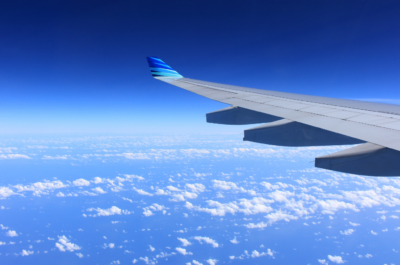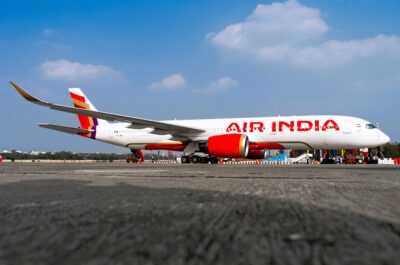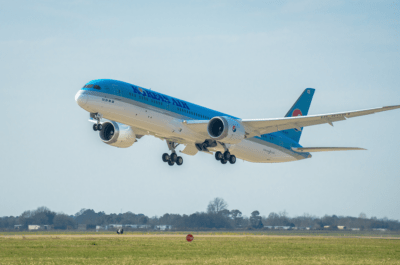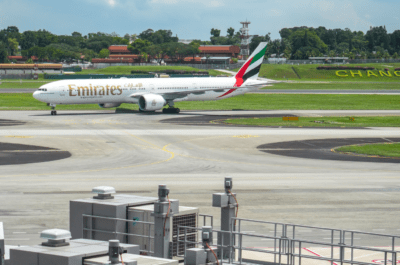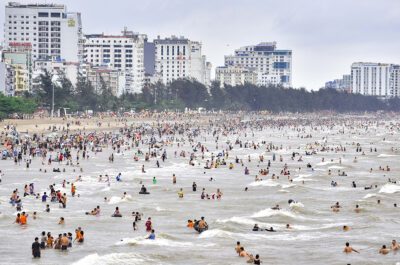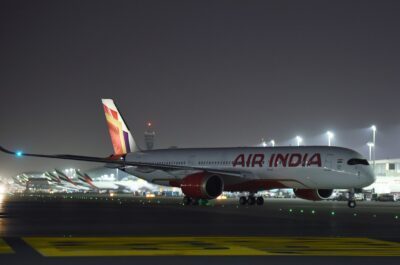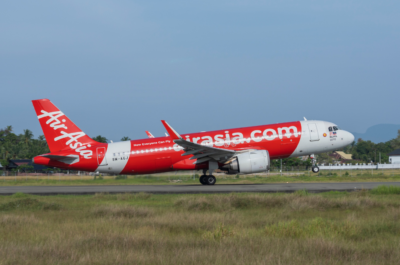A nuanced overview of Asia’s international air capacity recovery, highlighting diverging trends among nations and emerging bottlenecks in specific markets.
The trajectory of Asia’s international air capacity recovery presents a heterogeneous landscape, largely influenced by disparate timelines for market reopening across the region. This report aims to elucidate where the recovery is most robust and where it lags, while also shedding light on unexpected developments.
China’s sluggish pace in restoring its international air capacity is not surprising given its convoluted and recent market reopening strategies. As of August 2023, the country stands at just 50% of its 2019 international air capacity levels. However, it’s noteworthy that this represents a significant uptick from a mere 13% in January 2022.
A distinct trend emerges when examining international routes: transit hubs are faring relatively better. Specifically, the United Arab Emirates registers a 13% reduction compared to August 2019, followed by Singapore at a 22% decline and Hong Kong at a 29% dip. Flagship national carriers are predominantly driving the capacity for these high-traffic destinations.
The lackluster recovery in air capacity between China and Thailand offers insight into Thailand’s overall subpar international seat capacity recovery, standing at -31% compared to August 2019 levels. Historically, China has been instrumental in Thailand’s international traffic, contributing 24% of total seats or approximately 2.3 million seats in August 2019. This is a striking contrast to the second-largest route by capacity, Singapore, which accounted for 638,000 seats.
Complicating the recovery landscape, the specific route between China and Thailand has been notably sluggish in its upturn when juxtaposed with other Asian routes. Concurrently, Thailand is grappling with depressed recovery metrics from Japan, registering a 43% decline, and its newly targeted source market, India, is trailing at a 29% deficit.
In summary, the varied pace of air capacity recovery in Asia provides a nuanced tapestry for travel and hospitality professionals to navigate. Market-specific trends and bottlenecks require closer scrutiny for strategic planning and operational adjustments.
George, in his capacity as an intern, diligently oversees the flow of news, assists in the publication of content, and delves into the strategies of social media distribution. He is currently pursuing his studies in Business Administration at the Athens University of Economics and Business.





